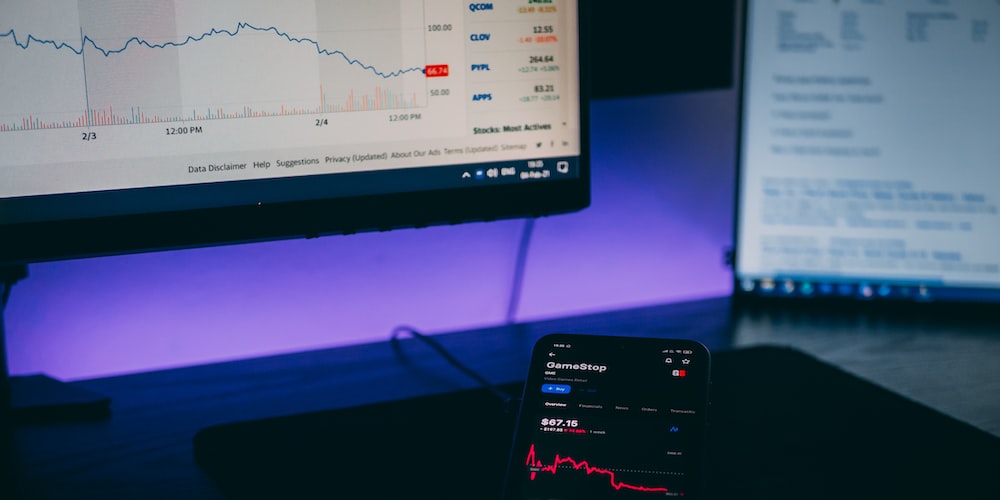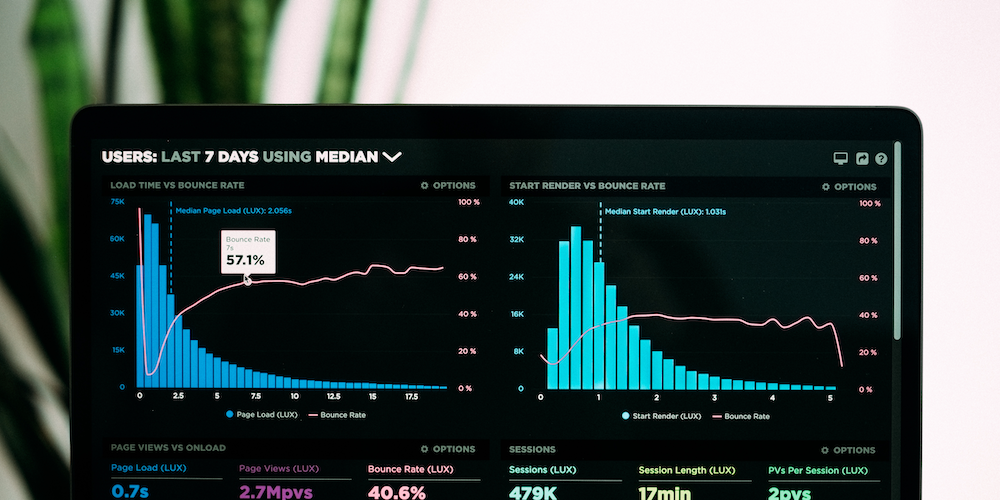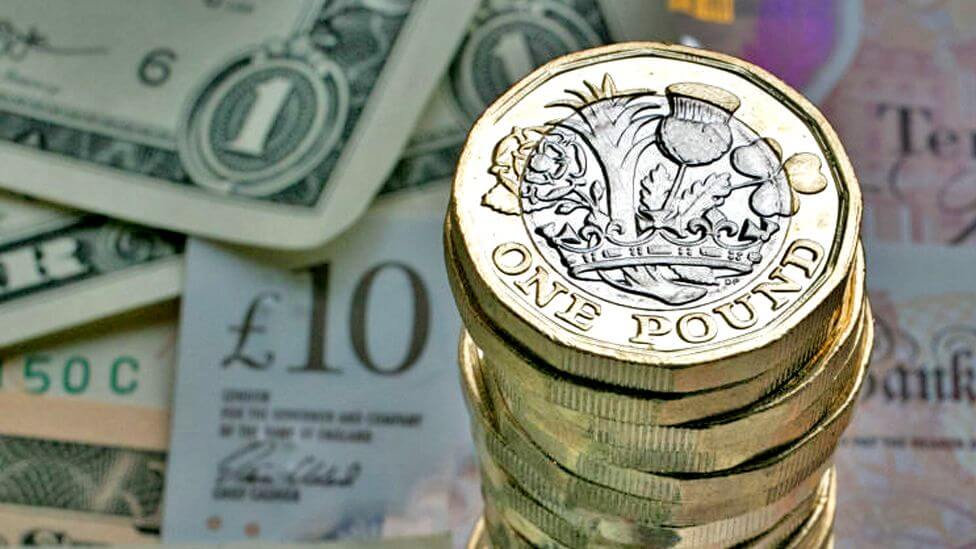
The Inverted Cup And Handle pattern, and how to use it The inverted cup and handle is a bearish chart pattern that is formed by a “cup” shaped pattern with a downward sloping handle. This pattern is created when the …

The rally in Asian equity markets this year took a breather as China reported a sharp slowdown GDP growth in 2022 of 3.0% compared with 8.4% in 2021. The outturn, nevertheless, was slightly better than expected, with output in Q4 stagnating rather than contracting as forecast. December industrial production and retail sales in China also beat expectations. Japanese stocks were higher ahead of the key Bank of Japan policy decision. US Treasury yields were higher in overnight trading.
UK labour market data released earlier today is the first of a set of key releases this week. The unemployment rate was unchanged at 3.7% for the three months to November, while the number of job vacancies eased to 1.16m (still historically high), providing some further signs of slowing labour market. Nominal pay growth, however, was stronger than expected, rising to 6.4% for both the headline and ex-bonus measures, which will likely maintain pressure on the Bank of England for further rises in policy interest rates.
Attention will turn to early tomorrow’s UK December CPI at 7am. It is expected to have fallen for a second month, confirming that inflation is likely past its peak. Still, we expect it to remain in double digits for now and predict a decline to 10.3% from 10.7%, driven partly by lower petrol prices. We also expect core CPI to fall to 6.1% from 6.3%. How quickly inflation falls this year is subject to several factors, including whether lower wholesale gas prices are maintained and supply bottlenecks continue to ease, and also whether services inflation moderates sufficiently as the labour market cools.
The January German ZEW survey is the main Eurozone release today. It is a survey of investors rather than businesses, but it contains useful information on potential economic prospects. We forecast a rise in the economic sentiment index to -15.0 from ‑23.3, which would point to a further improvement in prospects and raise hopes of a milder downturn. The current situation index is also expected to rise to -57.0 from -61.4.
In the US, the NY Empire manufacturing survey is one of several regional Fed surveys for January to be released. It is predicted to show a rise in its headline index to -5.0 from -11.2, still in negative territory but reversing some of December’s sharp fall. Canadian CPI is forecast to fall to 6.4% from 6.8%.
The Bank of Japan will provide a policy update early Wednesday. Although no policy change is expected, markets will be on alert for any unexpected announcements. It surprised markets in December by tweaking its yield curve control policy to allow more upside for 10-year JGB yield moves.
There was little change in major currency pairs ahead of the reopening of US markets after a public holiday yesterday. GBP/USD is steady at around 1.22 and EUR/USD is similarly little changed at 1.08. The Japanese yen is trading slightly lower this week ahead of the Bank of Japan policy announcement.

The Head And Shoulders pattern, and how to use it The head and shoulders pattern is a bearish chart pattern that is formed by a peak, followed by a higher peak, and then a final lower peak. The pattern gets …

The Falling Wedge pattern, and how to use it The falling wedge is a bullish chart pattern that is formed by a downward sloping support level and an downward sloping resistance level that converges. This pattern is created when the …

Following gains recorded on Wall Street on Friday, equities across Asia started today mostly higher on hopes that global inflationary pressures are continuing to ease. However, gains have been trimmed with stocks across the Asia-Pacific region now trading more mixed. In particular, speculation of a shift in monetary policy continues to weigh on Japanese markets ahead of the Bank of Japan’s (BoJ) next policy decision on Wednesday. Expectations that the BoJ will signal a further move away from its ultra-easy monetary policy stance have also pushed the yen to its strongest level in over seven months versus the US dollar.
It was another positive week for risk assets supported by further signs that US inflation is on the way down and that Fed interest rates may be near a peak. That resulted in further downward pressure on Treasury yields and the US dollar. US December CPI fell to 6.5% from 7.1%, a sixth consecutive decline, and the core rate (which excludes food and energy) moved down to 5.7% from 6.0%. Both outturns were in line with forecasts and support expectations of a further moderation in the pace of Fed hikes at the next policy update. Downward trends in inflation have also begun in the UK and the Eurozone. Data later in the week are expected to show a sizeable drop in inflation in the UK, albeit headline CPI is expected to remain in double-digit territory.
Today’s calendar is devoid of any major releases, partly due to US markets being closed for Martin Luther King Jr day. There are no releases of note across Europe either with the domestic focus limited to Bank of England Governor Bailey’s appearance, alongside his Financial Policy Committee (FPC) colleagues Sam Woods, Jonathan Hall and Dame Colette Bowe, before a Parliamentary Treasury Committee to testify on the BoE’s December Financial Stability Report. A key topic of discussion is likely to be the potential financial stability implications from the elevated cost of living and higher borrowing costs.
Early tomorrow morning, the latest UK labour market update is expected to show further signs that labour demand is softening, consistent with our Sector Tracker and Business Barometer reports, but it may take longer for the full impact on pay growth to appear. We expect a marginal uptick in the unemployment rate to 3.8% in the three months to November and a fall in employment of 50k compared with the previous three months. Average earnings growth is expected to remain at 6.1% for the headline measure and rise to 6.3% for the regular pay measure excluding bonuses.
Ahead of that, Q4 China GDP data are forecast to show a slowdown in the year-on-year rate of growth to 1.6% from 3.9% in Q3 due to ongoing restrictions during most of the quarter and the rise in infection rates in December after restrictions were relaxed.
Amid the ongoing improvement in risk sentiment, the US dollar has continued to edge lower. The Bloomberg US dollar index is trading around levels not seen since last May. EUR/USD has moved back above 1.08, while GBP/USD is trading above 1.22.

The Double Top pattern, and how to use it The double top is a bearish chart pattern that is formed by two consecutive peaks at approximately the same price level, separated by a trough. This pattern is created when the …


Asian equity markets mostly held on to gains ahead of the key US inflation data later today. In China, consumer price inflation edged up to 1.8% in December from 1.6% in line with expectations. Factory gate price inflation, however, was more negative than expected at -0.7% versus forecasts for -0.1%, which may reflect the near-term impact of rising infection rates as Covid restrictions are lifted.
There are no notable UK data releases today, but early tomorrow’s monthly GDP figures for November will be closely watched for indications of whether GDP contracted for a second consecutive quarter in Q4. Both the month-on-month fall of 0.6% in September and the subsequent 0.5% rebound in October will have been impacted by the timing of the late Queen’s funeral. The November estimate therefore will be a cleaner indicator of the underlying trend. Survey evidence and the retail sales reading suggest that activity declined, and we look for a monthly GDP fall of 0.3%. Later today, BoE MPC member Catherine Mann will deliver a lecture on challenges facing the UK economy and monetary policy. She dissented in favour of a more hawkish 75bp rise at the last meeting.
In the Eurozone, there is likely to be some attention on the ECB Consumer Expectations Survey, especially with concerns about second-round effects that could keep inflation above the 2% target over the medium term. Even though headline CPI inflation fell in December due to lower energy, core inflation (excluding food and energy) continued to accelerate. The last results for the ECB Consumer Expectations Survey showed inflation expectations one year and three years ahead at 5.4% and 3.0%, respectively, both well above the 2% target.
The most important release today is the US December CPI inflation report which seems certain to show a further fall in headline inflation following the recent decline in energy prices. We expect headline inflation to show a sixth consecutive decline to 6.6% from 7.1% in November (and a June high of 9.1%). We also expect the ‘core’ rate to have fallen to 5.8% from 6.0%, mainly reflecting a decline in goods price inflation as global bottlenecks continue to ease, although services inflation may rise again reflecting domestic pressures including from the labour market. Overall, US inflation is moving in the right direction but there needs to be more progress before the Federal Reserve even considers declaring victory. Fed speakers later today include Harker, Bullard and Barkin.
The US dollar is slightly lower overall ahead of the inflation data later today with markets anticipating further signs of easing price pressures. GBP/USD is little changed, remaining above 1.21, while EUR/USD is marginally firmer. US 10-year Treasury yields are little changed just above 3.5%. The Japanese yen is the outperformer on unconfirmed reports that the BoJ may tweak policy further (it has already allowed 10-year yields to rise further than before).

The Double Bottom pattern, and how to use it The double bottom is a bullish chart pattern that is formed by two consecutive troughs at approximately the same price level, separated by a peak. This pattern is created when the …

Asian equity markets are mostly up this morning, although Chinese indices are down. The World Bank highlighted downside risks for economic growth this year as it cut its 2023 global growth forecast to 1.7% from its previous estimate of 3.4%. In comments yesterday, US Federal Reserve Chair Powell did not talk about the immediate interest rate outlook but did warn that unpopular decisions may be necessary to control inflation. Meanwhile, another Fed policymaker (Bowman) said that further monetary policy tightening was necessary.
Today’s data calendar is very quiet with nothing of real note in the Eurozone, UK or the US. Italian retail sales for November are expected to post a second consecutive monthly fall but that is unlikely to have any impact on markets. Tonight’s Japanese balance of payments report is predicted to show a rise in the current account surplus in November.
With today’s calendar so sparse, focus is inevitably turning to tomorrow’s US CPI report, which is probably the key release of the week for markets. Recent indications from a number of economies, including both the Eurozone and the US, that inflation has peaked is pushing down bond yields and market expectations for policy interest rate rises. Tomorrow’s US CPI seems certain to show further a fall in headline inflation given the recent decline in energy prices, while core goods inflation may have fallen again on signs that bottlenecks have eased. However, services inflation may go up again given that tight labour markets seem still to be fuelling domestic cost pressures.
The latter trend could still have a crucial impact on the evolution of monetary policy over the next few months. Today is light in speeches from central bank central policymakers. However, several updates are scheduled for later this week and, with the growing expectation that we may be close to a pivot point on policy, all comments will be followed particularly closely. So far, policymakers seem to be playing down the chances of an early pivot. Of crucial immediate interest is whether and by how much the Bank of England, European Central Bank and US Fed plan to raise interest rates at their upcoming policy updates in early February.
Early tomorrow Chinese CPI and PPI inflation reports for December will be released. Both measures have slowed in recent months and producer prices have fallen for two months in a row. Inflation is expected to have remained low in December, but it will be interesting to see whether it will now bounce given that Covid restrictions are being eased.
| |
CFDs are complex instruments and come with a high risk of losing money rapidly due to leverage. You should consider whether you understand how CFDs work and whether you can afford to take the high risk of losing your money. Trading derivatives is risky. It isn't suitable for everyone; you could lose substantially more than your initial investment. You don't own or have rights to the underlying assets. Past performance is no indication of future performance and tax laws are subject to change. The information on this website is general in nature and doesn't consider your personal objectives, financial circumstances, or needs. Please read our legal documents and ensure that you fully understand the risks before you make any trading decisions.
The information on this site is not intended for residents of Canada, the United States, any other restricted jurisdictions (e.g. blacklisted FATF countries) or use by any person in any country or jurisdiction where such distribution or use would be contrary to local law or regulation.
Moneta Markets is a trading name of Moneta Markets Ltd, authorised and regulated by the Financial Services Authority of Seychelles with License No. SD144. Moneta Markets Ltd is registered and located at Room B11, 1st Floor, Providence Complex, Providence, Mahe, Seychelles which operates under www.monetamarkets.sc.
You should consider whether you’re part of our target market by reviewing our , and read our other legal documents to ensure you fully understand the risks before you make any trading decisions. We encourage you to seek independent advice if necessary.